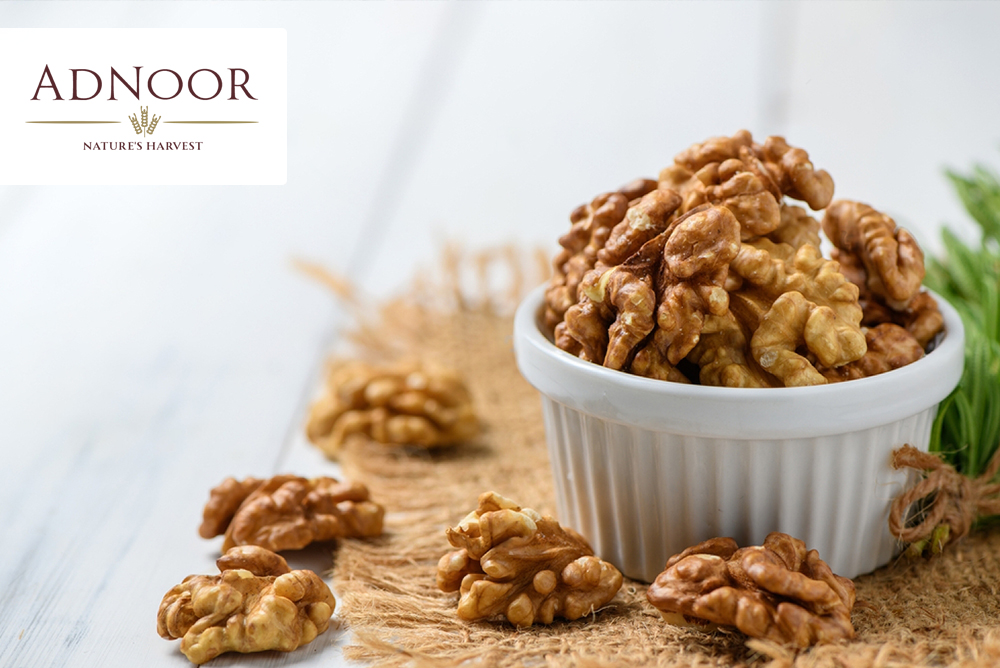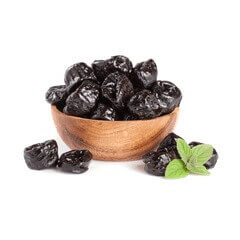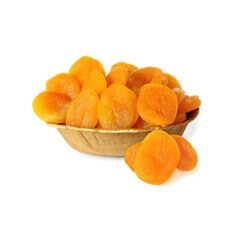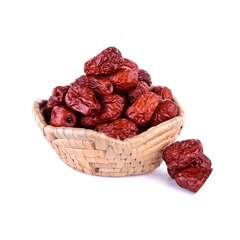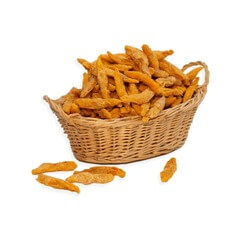Particularly rustic and rather robust, the walnut tree (Juglans regia) has displayed its beautiful foliage for many years.
A tree with a majestic silhouette, the walnut tree delights us with its beautiful nuts after at least ten years of cultivation. With relatively slow growth, the walnut tree is remarkable for its flowering in catkins that hang from the branches from April to June, depending on the variety. In the fall, the fruits reveal the seed formed of two hard shells. Although resistant to climatic hazards, among other things, the walnut tree can be disturbed, in its growth and fruiting, by multiple diseases or pests. Let’s focus on the various walnut pests and diseases, treatments, and means of prevention.
The Main Walnut Diseases
Two relatively serious diseases mainly affect walnut. These are anthracnose and walnut ink. Difficult to treat, they can, however, be avoided with a few gestures. Anthracnose is caused by the fungus Ophiognomona (formerly Gnomonia) leptostyla and is manifested by grey-brown to grey-black spots, surrounded by a yellowish halo, which appear on the leaves, twigs, and fruits, which stop their growth and remain small. They can even deform. As for the leaves, they fall prematurely in July-August.
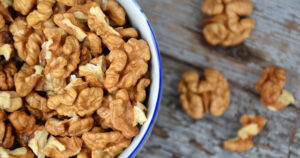
As for walnut ink, it is a root disease caused by the parasite of the Phytophora cambivora, Phytophthora cinnamomi, or Phytophthora cactorum type. It is noticeable in the wounds that affect the base of the trunk, from which flows a blackish liquid reminiscent of ink. The top shoots, and the leaves at the ends of the twigs wither and dry up.
Treatments: When these diseases are detected on the tree, it is usually too late to act. All you have to do is cut down and destroy your tree. Don’t forget to eliminate as much soil as possible around the tree.
Prevention:
- Grind and drive away the leaves in the fall and clean the base of the tree of any waste leaves or fruit that have fallen to the ground.
- Prune the trees to have better ventilation of the branches with perfectly disinfected tools. Chew after pruning
- Spray Bordeaux mixture in early spring
- Water young trees with nettle manure or horsetail manure
- Avoid planting susceptible varieties in areas at risk.
Walnut Blight or Bacteriosis
Walnut blight is a destructive bacterial disease caused by Xanthomonas campestris pv. juglandis. Infection occurs as soon as bud break begins and affects all green tissue. High humidity and the presence of rain favor the development of the disease.
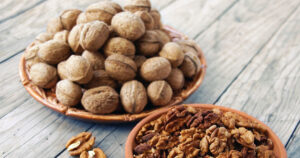
It is noticeable in the first oily, then blackish spots, also surrounded by a halo, which appear on the first kittens. These black lesions also develop on young nuts and on shoots along the boles. The fruits fall prematurely and are unfit for consumption. The twigs wither. Other, more irregular lesions can be seen on the leaf blades. The tree may lose its leaves.
Treatment: Copper sprays every 7 to 10 days in June and July may reduce disease incidence.
Bacterial Canker
This walnut disease is caused by Pseudomonas syringae. It is noticed by the oily black spots that appear at the level of the buds in winter. In the spring, some of these buds fail to bud, become deformed or give rise to withered shoots. As for the trunk of young trees, it is dotted with necroses accompanied by fluid exudations, which evolve into cankers.
Symptoms of bacterial canker are very similar to those of bacteriosis. Wet autumns and cold winters favor the appearance and development of bacterial canker. So does planting trees in acidic or stony soils.
Treatments:
- Cure the cankers as soon as possible with a metal brush and heal the wounds well with putty.
- Remove branches showing symptoms.
Prevention: a copper-based spray should be applied to petiolar wounds in the fall
Thousand Walnut Canker Disease
This walnut thousand canker disease is caused by a fungus, Geosmithia morbida. Identified in the United States, this disease appeared in Italy in 2013 and is disseminated by a xylophagous insect, the bark beetle Pityophthorus juglandis, via feeding damage and cankers that develop around galleries dug by the insect.
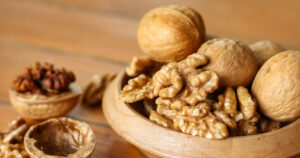
The disease is first detected by yellowing and wilting of foliage, followed by branch dieback. Looking at the bark, you can also see small bark beetle inlets and outlets near which moist cankers develop. The cankers spread as the insect advances. After 3 to 4 years, the tree dies.
White Scab or Walnut Rot
Root rot is a fungus growing under the bark that peels off very easily. Tearing off the bark reveals patches of white mycelium that give off a characteristic mushroom odor. Then, in autumn, clumps of orange mushrooms develop. The fungus attacks the roots and can kill the tree.
Treatments: the only way to eliminate root rot is to uproot the tree by carefully removing the stump. The roots must be removed, as well as the soil. Leave the hole open to allow air and sunlight to destroy the mushroom remains.
Prevention:
- Avoid overwatering walnut trees
- After pruning, heal wounds carefully
- Enrich the soil with organic fertilizers
The Different Walnut Pests
Several pests can attack walnut, more or less virulently:
The Codling Moth of Apples and Pears
Cydia pomonella is one of the main pests of walnut. It is a butterfly whose larva, a white to pale pink caterpillar, travels through the husk and penetrates as far as the kernel. Nuts fall before harvest.
Treatment and prevention:
- Prune the walnut trees to avoid excessive vegetation
- In October, put a sleeve on the trunk to attract the larvae and destroy it
- Promote the presence of predators by installing nesting boxes and insect hotels
- Install pheromone traps in April and May when adults fly to capture males
- Spray the bacterium Bacillus thuringiensis, which is very effective against Lepidoptera
Red Pear Scale and Apple Comma Scale
The red pear scale and the comma scale are shield scales that bite plants and suck sap. They cause growth delays and leaf deformations, but only a severe attack can impact fruit production.
Treatments and prevention:
- Avoid excess nitrogen
- Promote the installation of auxiliaries by installing insect hotels
Walnut Aphids
Different aphids can attack walnut: Chomaphis juglandicola is light yellow, and Panaphis juglandis, also yellow, is larger in size. They are present, especially in July and August, and weaken the tree by sucking the sap from the tissues. Aphids favor the appearance of sooty mold. Nuts can be impacted.
Treatment and prevention:
- Encourage auxiliary fauna
- Use a biological insecticide in the event of a strong attack
The Walnut Mite
It is a small mite (Aceria erinea) that bites the underside of leaves. These bites cause blisters that turn into galls on the underside of the leaves. The leaves turn yellow and fall.
Treatment and prevention:
- Remove enlarged or deformed buds in winter
- Do a sulfur-based treatment in the spring
- Avoid nutrient imbalances and fertilize in a reasoned way
The Husk Fly
Rhagotelis completa is a very damaging fly that can destroy a year’s production. These flies can be recognized by the yellow dot on the thorax. The adults come out of the ground from the beginning of July to the end of August, and the females lay about fifteen eggs per husk. The larvae are born there and feed on the husk of the nut.
Treatment and Prevention:
- Trapping adults with an ammoniacal attractant helps spot thefts
- Spray an organic talc-based treatment that creates a mineral barrier on the nuts
The Disparate Xylephore
It is a xylophagous beetle insect that digs galleries in the trunk and the branches of the walnut tree. Old subjects dry out suddenly, and young subjects can die.
Treatment and prevention:
- Destroy attacked branches
- Bring balanced manure to the foot of the walnut trees to increase their resistance
- Install pheromone traps
To get the best quality walnuts, dried fruits, Raisins, basmati rice, nuts, and seeds, visit the ADNOOR website. We have been the importers, exporters, wholesalers, distributors, and co-packers of various nuts and grains in Canada for the last 25 years. We are the best rice suppliers in GTA. We continuously strive to provide our customers with the best quality products at a reasonable price. For more details, visit our website.

